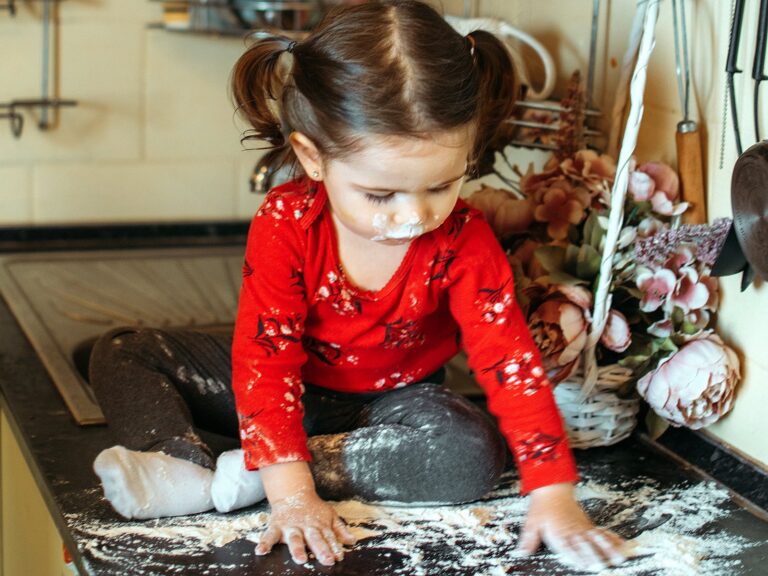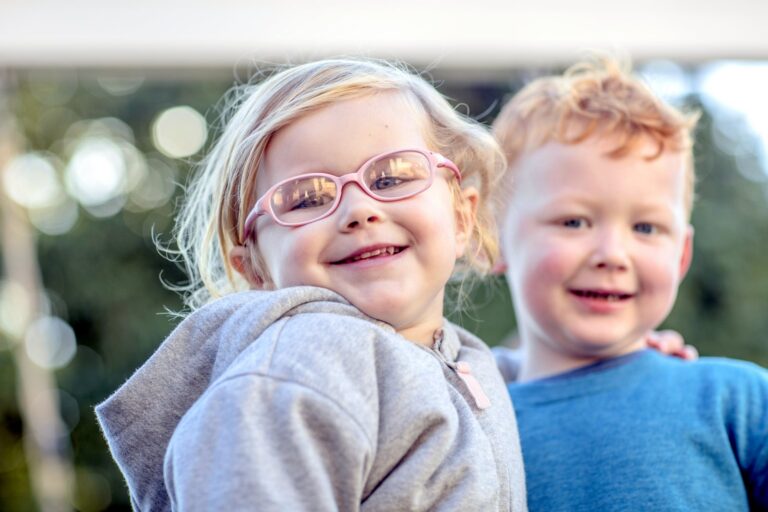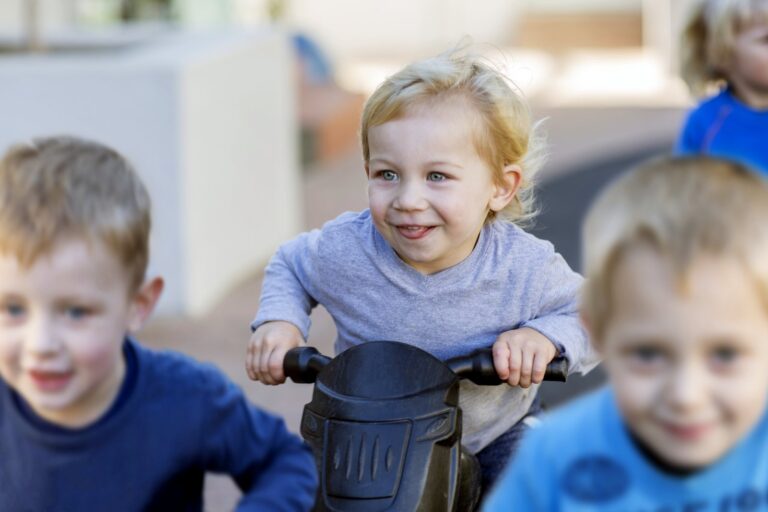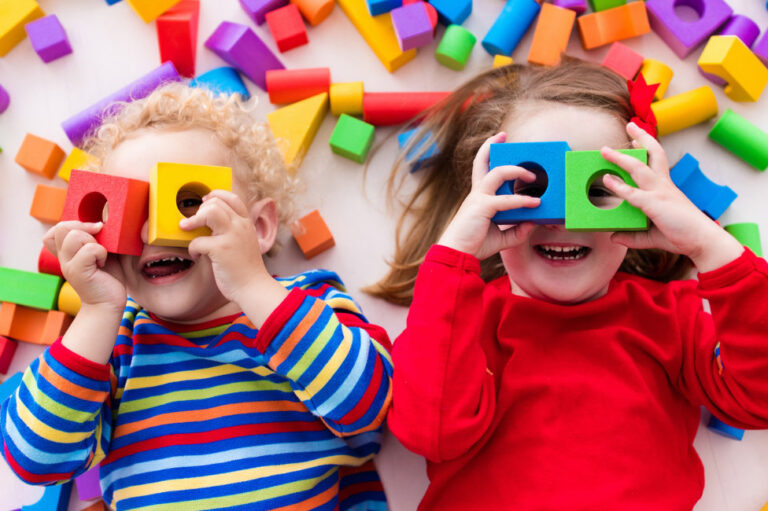In the learning environment, children are expected to use their expressive language skills to communicate with the teacher and their peers. They are required to demonstrate and share their knowledge by answering questions, commenting and requesting, both in the class and during play time with their peers. This includes communication through the written word as well as the spoken word.
Many children with additional learning needs have difficulties communicating and expressing themselves. Such difficulties range from not initiating communication to high level language needs such as difficulties with narrative/storytelling skills. Expressive language /communication difficulties not only impact on the child’s learning but also on their ability to use language to interact socially with teachers and peers.
The activities and strategies listed below are for use with children who:
- Do not use any words
- Imitate or echo what is said rather than using their own words
- Use one-two word phrases and not sentences
- Use very simple sentences and do not join sentences together with words such as ‘and/because
- Uses sentences but has difficulties with sentence structure and grammar
- Cannot find the right word when trying to explain or describe something
- Cannot retell a sequence or story
How to get started:
Prior to working on activities and strategies to develop a child’s expressive language skills,
- Ensure that you have the child’s is focus and attention prior to starting the activity or task.
- Observe the child and see what they are doing in the learning environment.
- Allow the child to lead you to the activities that they enjoy.
- Positioning: Always position yourself so you are face to face with the child and get down to their level, especially for younger children. Children with attention difficulties may not be aware the teacher is speaking, especially if they cannot see their face.
- Use verbal and or physical prompts: e.g. the child’s name, touch child’s arm or shoulder.
- Use the child’s motivators to engage them with the task.
- Use visual supports, e.g. first-then boards, visual schedules as necessary.
- Use visuals to support the verbal language being used: e.g. actual objects, pictures, gestures.
Strategies
Use language that is appropriate to the child’s level of understanding. Simplify your language, e.g. if a child is using two word phrases, then you use 2-3 word phrases.
By having observed the child, you will know what level of language level they are using as shown in the table below:
Word-Phrase List
I Word | 2 Words | 3 Words |
more | more dinner | more dinner for daddy |
bye bye | bye mammy | bye mammy daddy |
All gone | dinner-all-gone | Aaron’s dinner-all-gone |
no | no dinner | no dinner |
ball | mammy’s ball | mammy’s ball gone |
juice | nice juice | more nice juice |
Strategies and Approaches to developing Expressive language skills
- Give time to process, wait for the child’s response, count to ten in your head! Children with language difficulties take time to process and understand the information given and take time to formulate a response. Give the child the time and if the child does not respond, prompt them.
- Give lots of choices using objects and/or pictures as needed: Do you want juice or milk?
- Repetition is so important, children learned through lots of repetition across settings.
- Use Visuals to support the language used: use objects and/or pictures to support the language used in the activity, e.g., if modelling simple sentences to describe actions, have familiar action pictures, e.g., a boy eating a banana, a girl swimming, a teacher reading a book etc.
- Model language at or just beyond the child’s language level e.g. If the child is using single words, your language level is at the one and two word level if the child is using 2-3 word phrases, you can model simple sentences varying the vocabulary.
- Model correct grammar, child says ‘I felled outside’, you repeat what the child said but with the correct/appropriate grammar, , Oh you fell outside!
- Reduce number of questions asked: asking questions places a child’s language skills under pressure. Instead, comment rather than ask direct questions, e.g. ‘Oh, look this boy fell down!’ and leave time and space for the child to respond. Yes, there are times when you ask questions, to check if the child knows etc. but when working on developing and building expressive language skills, comment rather than question.
- Build vocabulary: use visual supports such as Mind maps to build vocabulary associated with a topic or category, e.g., farm animals with Old MacDonald story. For children with Word finding difficulties, give them time to ‘find’ the word and encourage them to describe the word or thing if they cannot ‘find’ it, e.g., banana, is described as a ‘yellow fruit’
- Sequencing: use simple 2-3 step sequences to build the language of sequencing, e.g.., first, next last, first, and then. This helps to develop the child’s ability to string sentences together and retell events or stories in the correct order. Begin with familiar routines, e.g., washing hands, ‘first turn the tap on, next, put soap on and then wash your hands, and last, rinse and dry your hands’.
- Use Narrative/story telling; building on sequencing skills helps develop simple story telling. Use familiar routines and repetitive familiar stories, e.g. Brown Bear Brown Bear, what did you see?
- Prediction and inference: Build early prediction skills: what happened next? Use pictures to support this and model the ideas for the child, e.g. with familiar stories, the child can guess what is next, e.g. what did Brown Bear see? Were did Goldilocks sleep next?
- Use reading and the written word to develop the child’s awareness of sounds and letters, words and rhyme.
Fun Expressive Language Activities:
0 – 3 YEARS
- Look at different pop-up, pull-out and textured picture books together
- Make simple books with one object on each page e.g. ball, cup, shoe etc.
- Sing nursery rhymes and action songs together leaving space at end of the sentence for your child to fill-in
- Imitate environmental sounds e.g. car and animal sounds, encourage your child to do the same
- Imitate and extend your child’s words and phrases
- Use daily routines to encourage your child to use words and phrases
3 – 5 YEARS
- Create a scrapbook together — 3-4 pictures per page, sit with your child and encourage him to name and talk about pictures
- Make-up songs together e.g. Charlie is jumping, Charlie is on the trampoline
- Play posting games — posting action pictures into a homemade post box e.g. the boy is running, the girl is falling
- Play ‘Hide and seek’ games with favourite toys. Encourage your child to hide the toy and then ask ‘is the ball on the table or under the table? ‘
- Look at books together, ask ‘what is teddy doing? ‘ etc.
- Look at books that include lots of rhymes e.g., Dr Seuss
- Play rhyming games e.g., make up rhymes or sing songs that rhyme
- Play I spy something beginning with specific letter sounds, e.g. I spy something beginning with ‘s’
5 – 7 YEARS
Building on earlier activities:
- Building on earlier activities
- Develop a scrapbook that includes lots of categories e.g. vehicles, animals. furniture etc.
- Play fun pretend play games together, encouraging your child to describe what Spiderman is doing etc.
- Play picture sequence stories
- Play descriptive word games e.g. I’m thinking of a piece of furniture with four legs and…… what is it?
- Encourage your child to describe what happened at school, in the park etc
- Play fun rhyming and sound games e.g. can you think of three things that begin with “i”
- I spy games
- Read together — encourage your child to choose books which they enjoy
- Take turns telling/reading the story
Reading and Spelling Activities
3 – 5 YEARS
- Play rhyming games e.g., make up rhymes or sing songs that rhyme
- Look at books that include lots of rhymes e.g., Dr Seuss
- Enjoy looking at books together
- Introduce a specific phonics system to your child e.g., Letterland phonics system.
- Always use the same system that is to be used in school.
- Play I spy something beginning with ‘ppp‘ or ‘ttt’.
5-7 YEARS
- Fun rhyming and sound ploy games e.g. can you think of three things that begin with ‘I’
- I spy games
- Read together — encourage your child to choose books which he will enjoy
- Paired reading — read together
- Take turns to read.







